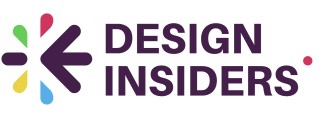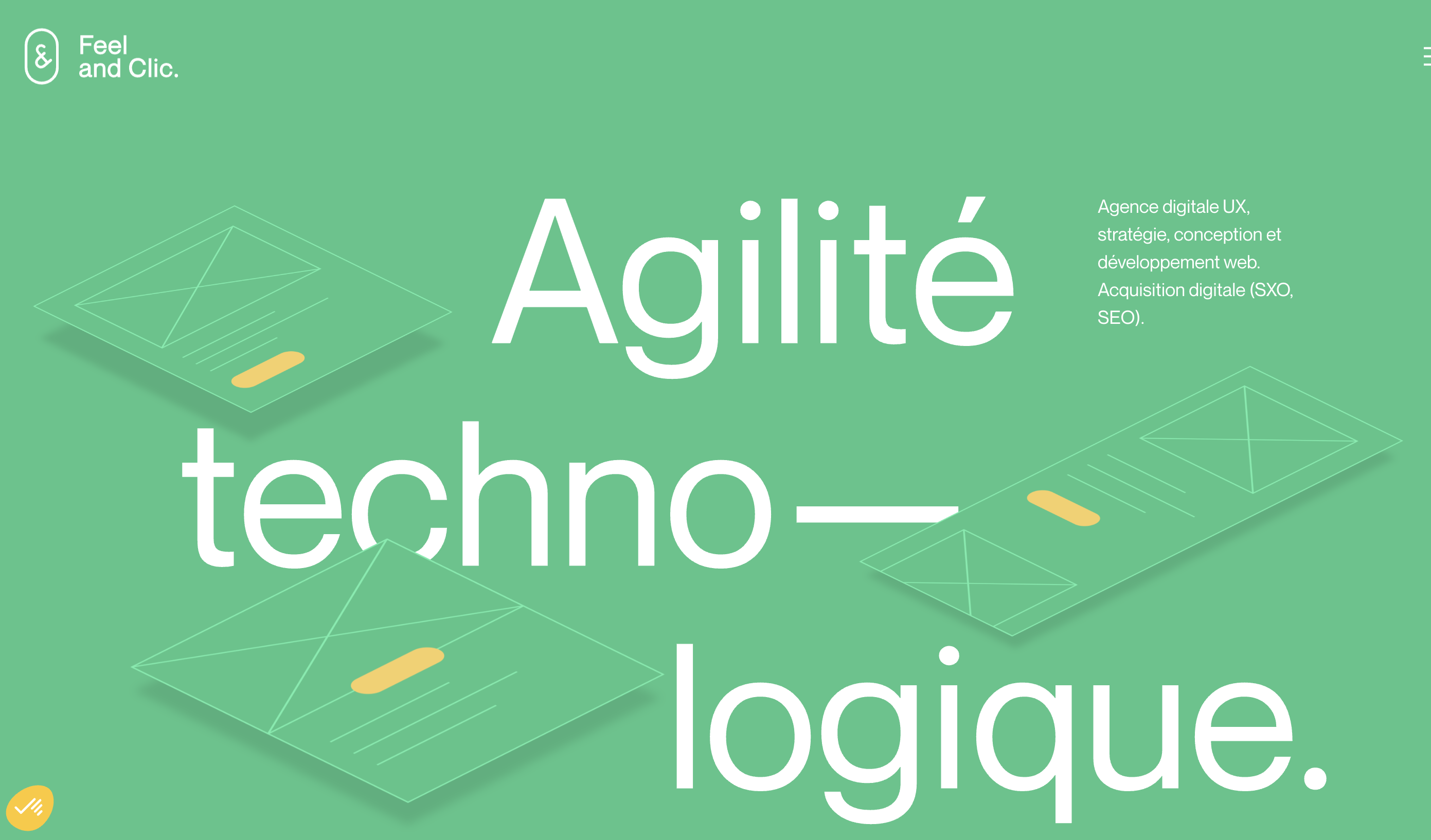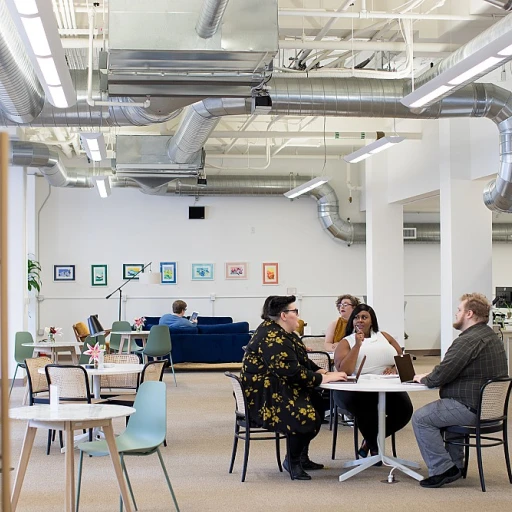Understanding Interaction Design
What is Interaction Design?
Interaction design is all about creating meaningful connections between users and products. It's not just about making things look pretty; it's about ensuring that when users interact with a product, they feel understood and satisfied. This is where interaction designers come in, crafting experiences that are intuitive and engaging. They focus on the design user process, making sure that each interaction is smooth and serves a purpose.
The Role of the User
At the heart of interaction design is the user. Understanding their needs, behaviors, and emotions is crucial. Designers must think like users to create products that resonate with them. This involves studying how users interact with different interfaces and systems, whether it's a mobile app or a complex software program. By doing so, designers can create user experiences that are not only functional but also delightful.
Designing for Experience
Experience design goes beyond the visual. It encompasses how users feel when they interact with a product. This involves considering the feedback users receive during their interactions, whether it's a simple click or a more complex gesture. The goal is to create an interaction model that feels natural and effortless. A well-designed interface can make users feel empowered and confident, enhancing their overall experience.
The Process and Models
The process of interaction design involves several stages, from research and ideation to prototyping and testing. Designers often use visual representations to communicate their ideas and gather feedback. This iterative process helps refine the product, ensuring it meets user expectations. Interaction designers also rely on established models and principles to guide their work, drawing from fields like human-computer interaction and industrial design.
Challenges in Interaction Design
Designing interactions is not without its challenges. One major hurdle is keeping up with the rapid pace of technology. As new devices and platforms emerge, designers must adapt their skills and approaches. Another challenge is balancing functionality with aesthetics, ensuring that products are both useful and visually appealing. Despite these obstacles, the reward of creating a seamless user experience is well worth the effort.
For more insights into the future of interaction design, you might find the concept of sensory integration intriguing. This approach explores how our senses can be integrated into design, offering new ways for users to interact with products.
Key Principles of Effective Interaction Design
Guiding Principles that Shape Interactions
The backbone of effective interaction design lies in certain foundational principles. Every interaction designer keeps these in mind to create seamless interactions and intuitive user journeys. Let's break down these tried-and-tested principles that design pros rely on:- User-Centric Focus: Place the user at the heart of the design process. Understand their needs, pain points, and expectations to craft a user experience that resonates with them.
- Consistency: Users should be able to anticipate what will happen next by creating a familiar look and feel throughout the product. Consistency breeds comfort.
- Feedback: Make sure every action a user takes provides some form of feedback. Whether it's a simple color change or a more elaborate animation, feedback reassures users and confirms that their input is acknowledged.
- Simplicity: Keep interfaces straightforward and free of clutter. This doesn't mean functionality is compromised—just that users should achieve their goals without unnecessary complexity.
- Accessibility: Ensure your designs are usable by as many people as possible, including those with disabilities. Visual representations, interactions, and processes should accommodate diverse user needs.
Tools and Techniques Every Designer Needs
In the life of a designer, the right tools and techniques can make all the difference in producing stellar interaction designs. While there are numerous options, focusing on those that boost productivity and creativity is essential:- Prototyping Tools: Sketch, Figma, and Adobe XD are beloved by designers for their ability to quickly model interactions that bring design concepts to life effectively and efficiently.
- User Testing Software: Platforms like UserTesting help designers gather feedback on user interactions with their products, providing invaluable insights into user experience.
- Collaboration Platforms: Tools like Slack or Microsoft Teams ensure that the interaction designer works seamlessly with other team members, including product managers and developers, ensuring everyone is on the same page.
- Analytics Tools: Google Analytics and Mixpanel can offer insights into how users interact with your product, allowing for informed design decisions based on actual user behavior.
Tackling Common Challenges
Despite the thrill of crafting engaging experiences, interaction designers often face hurdles. Here's how they tackle some typical challenges:- Dealing with Tight Deadlines: Prioritization techniques, such as the MoSCoW method (Must have, Should have, Could have, Won't have), can be essential for focusing on what truly matters when time is limited.
- Balancing Creativity and Usability: Striking a balance between a beautiful design and a functional user interface is a common struggle. User feedback and iterative testing play a crucial role in aligning both aspects effectively.
- Keeping Up with Rapid Technology Changes: Regularly updating skills and knowledge is necessary. Interaction designers often engage with design communities or take online courses to stay on top of the latest trends and tools.
- Working Across Diverse Teams: Effective communication skills are vital. Aligning with different departments, each with its language and goals, requires excellent interpersonal capabilities and an open mind.
Tools and Techniques for Interaction Designers
Stepping Into Interaction Designer's Toolbox
Designing intuitive interfaces is more than just an art; it's a complex undertaking that requires a mix of human-centered design principles, technical know-how, and cutting-edge tools. Now, let's explore the essentials that interaction designers rely on to create seamless and engaging experiences.- Wireframing and Prototyping Tools: Before a product hits development, wireframes and prototypes are crafted to test ideas and generate user feedback. Tools like Figma and Sketch are favorites among interaction designers for their robust features and collaborative capabilities.
- Usability Testing Platforms: Interacting with users and getting their input is critical for a product's success. Platforms such as UserTesting and Optimal Workshop allow designers to gather real user insights, helping to refine interactions and improve user satisfaction.
- Design Systems: Having a comprehensive design system provides a framework for maintaining consistency across a product's user interface. Tools like Storybook and InVision help designers create and manage these systems, ensuring every piece fits together cohesively.
- Collaboration and Communication Tools: Design is a team game. Tools like Slack and Microsoft Teams facilitate seamless collaboration and communication among designers, developers, and stakeholders, ensuring everyone stays on the same page while working on various stages of the design process.
- Emerging Technologies: AI and machine learning are becoming integral in interaction design, offering novel ways to enhance user experiences. You might want to read about AI's role in enhancing interactive design to understand its growing impact.
Challenges in Interaction Design
Overcoming Hurdles in Interaction Design
Interaction design can be a rollercoaster ride, especially when challenges pop up like unexpected turns on the track. Designers face hurdles such as ensuring a seamless user experience across different platforms, cheap imitation of your app's style, or crafting an intuitive user interface that even grandma can love. First off, you have the challenge of fostering user engagement while keeping things natural. It’s like walking a tightrope—not too pushy, not too passive. You want users to feel like they're engaging with your product, not wrestling with it. Overcoming this involves user testing, feedback loops, and a touch of empathy to step into your users' shoes. Understanding user intent, and adapting design interactions accordingly, can save a lot of heartburn down the line. Moving on to devices and platforms—interaction designers constantly juggle between desktop, mobile, and handheld devices. While desktops provide a broader palette to play with, interfaces for mobile devices demand creativity within constraints. The goal is to deliver a consistent and snappy user experience regardless of the screen size. Designers must be aware of the principles that underpin these interfaces to align them effectively. The "error zone" is another tricky area. Users loathe clunky systems where errors are vague or provide zero guidance for resolution. Interaction designers should aim for clear, digestible notifications and recovery options that guide users through error fixes rather than leaving them stranded. Finally, staying compatible with evolving tech demands agility. As technology continues to evolve, products need regular updates and refreshes without losing their essence. This requires designers to keep abreast of the latest in human-computer interaction trends and apply an agile design process. No challenge, whether big or small, should overshadow the passion for creating stellar interaction designs. Learn from user feedback. Adjust your interaction model. Remember—the process is as rewarding as the final result, with each hurdle offering a lesson to enhance user satisfaction and design interaction. By leaning on experience and expertise, interaction designers can dodge many potential pitfalls, carving out a product design that's as intuitive as it is innovative. Stay focused, adaptive, and never lose the spark of curiosity in your design journey.Case Studies of Successful Interaction Design
Success Stories that Inspire
Imagine using a product that feels like it reads your mind. Perfect interaction designs make this possible, creating a seamless connection between the user and the product. Of course, successful interaction design doesn’t just happen overnight; it’s the result of careful planning and execution. One standout example is Airbnb. The platform has turned interaction design into an art form, enabling users to easily book accommodations worldwide. The designers behind Airbnb's interface focus on user feedback and data analysis to continually refine the user experience. A critical factor is their use of intuitive design principles, guiding users effortlessly through the booking process. Then there's Apple's mobile experience design. On their devices, interactions feel natural and engaging due to the emphasis placed on consistency across their product line. Each interaction is meticulously thought out, reducing any friction between users and the technology. Whether navigating apps or exploring new features, users engage with products that anticipate their needs. Looking into service industries, consider Uber. The key to their success lies in the interaction model they have developed. From requesting a ride to knowing when the driver will arrive, each interaction is user-focused, minimizing effort and stress.Elements Contributing to Success
These case studies highlight several critical elements in fostering effective interaction design:- User-Centric Approach: Designing with the user in mind ensures interactions are intuitive and meaningful.
- Iterative Processes: Continuous improvement and adaptation based on user feedback prevent the design from growing stale.
- Simplicity and Intuitiveness: Reducing complexity can lead to smoother, more enjoyable user experiences.
- Consistent Visual Language: Uniform design language across products enhances familiarity and ease of use.










